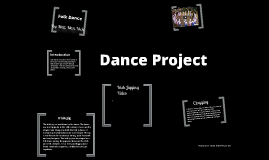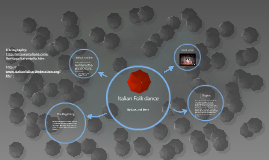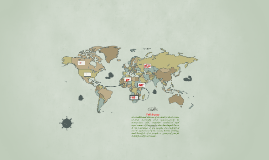Folk Dance
Transcript: Characteristics Formation Nature Values of Dancing Occupational–depicting action of a certain occupation, industry or human labor. Planting,Harvesting, Pounding, Wnnowing, Pabirik, Mananguete Religious or Ceremonial –performed in connection with religious vows and ceremonies. Dugsu,Sua- sua, Putong, Sta. Clarang pinong-pino Comic Dances –Depicting funny movements for entertainment. Kimbo-Kimbo, Makonggo,Konoton Game Dances–with play elements, Lubi- lubi, Pavo Wedding dances –performed during wedding feast, Panasahan Courtship dances –depicting love-making. Hele-hele, bago quiere, Maramion, Tadek, Daling-daling Festival Dances –suitable for special occasion or any social gathering. Pandango, Habanera,Jota, Surtido War dances –showing imaginary combat or duel. Sagayan, Palu-palo Folk Dance are traditional dances of a country which were evolved naturally and spontaneously in connection with everyday activities and experiences of the people who developed them. Is the heartbeat of the people, are traditional social expressions of the ideas, mores, feelings, and thoughts of a people or group of people through body movement . Objectives Movements To foster patriotism and nationalism through the study of our dance To arouse better appreciation of the Philippine music and folk dances To provide through dancing, a healthful for of relaxation and recreation To develop a graceful and rhythmic coordination of body movements that will improve posture To preserve posterity, folk dances and music indigenous to the different regions in the Philippines To demonstrate the growth of Filipino culture through the evolution of the Philippine Dances Active –with fast energetic movements. Tinikling, Maglalatik, Sakuting, Polkabal Moderate–Carinosa, Tagala, Habanera, Purpuri Slow–Pasakat, Amorosa, Tiliday, Kundiman Slow and Fast–Putritos, Ba-Ingles, habanera Botolena, Alcamfor Geographical extent of origin 1. National Dances –found throughout the islands with little or no modification. Rigodon,Carinosa, Jota, Balitaw, Pandanggo 2. Local Dances –found in a certain locality. Tinikling –leyte, Maglalatik –Binyang, Espernza –Nabua, Subli –Batangas, Biniganbigat –Abra Square or Quadrille, Rigodon, Los Bailes de Ayer Long Formation–Lukay, Sakuting Set–consisting of two or more pairs as a unit, partners facing each other or standing side byside., Binadyong, Haplik, Kakawati 1. Physiological or neuromuscular development of the organic systems of the body 2. Cultural –depicts the culture of people 3. Social and recreational Types of Folk Dances National–traditional dances of a given country Regional–local Character- created by individual or group

















